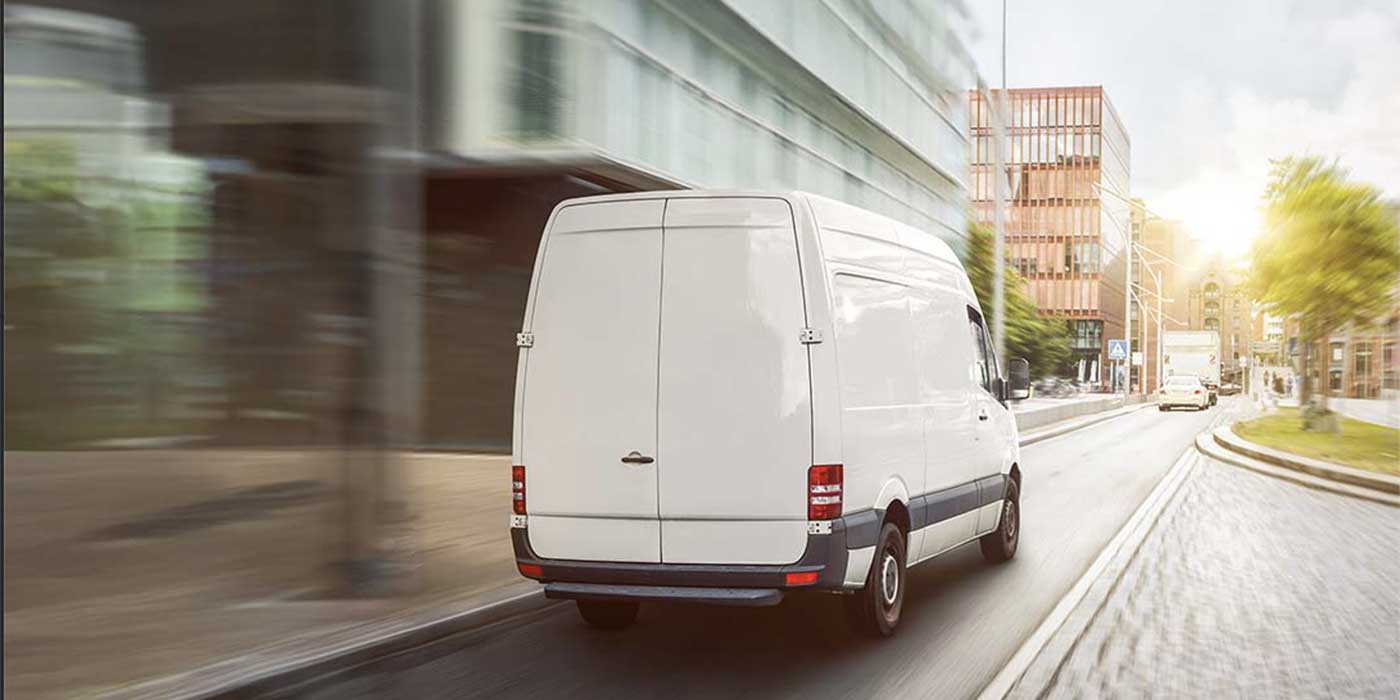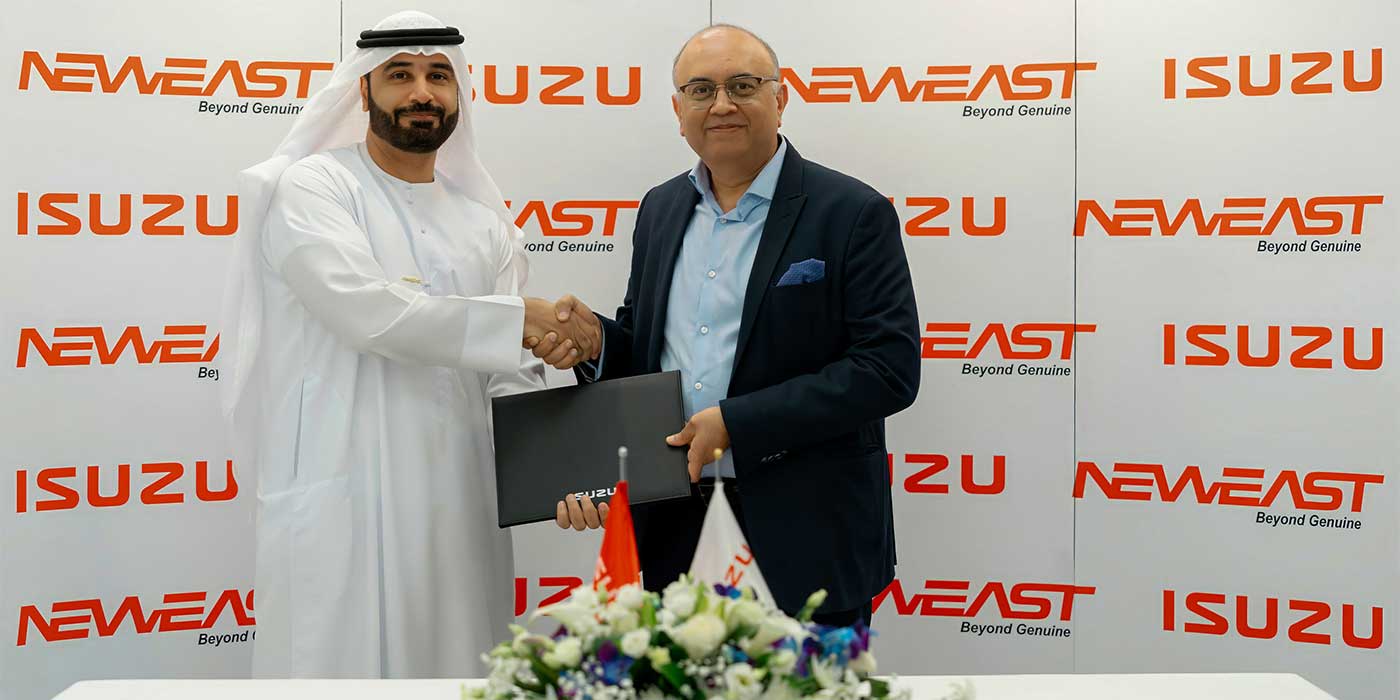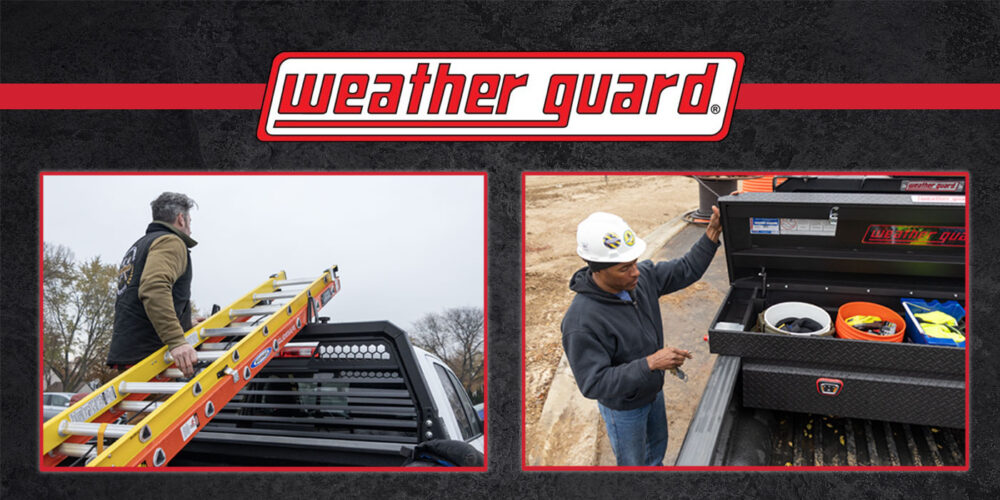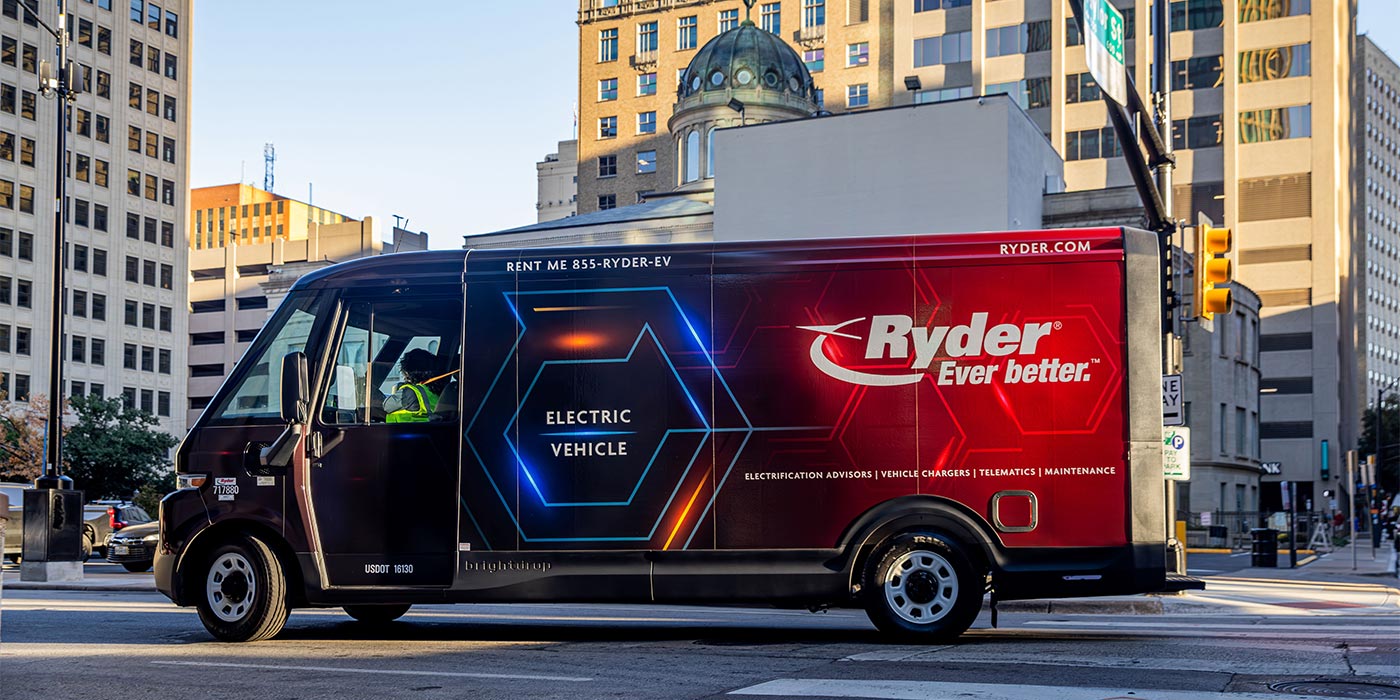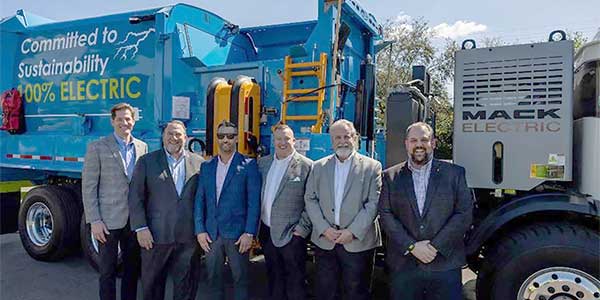A global effort is leading toward the introduction of Class 3-5 hybrid trucks by Mitsubishi Fuso Truck of America (MFTA). For a good part of the past decade, the evolution of alternative fuel-powered light- and medium-duty trucks has steadily brought an increasing number of new vehicles to market. Today, with a host of technologies available, commercial vehicle manufacturers appear to be on the brink of a revolution.
“There’s a realization that we have to get very serious about alternative power,” says Todd Bloom, president and CEO of MFTA. “Emissions and fuel economy standards are a driving force in this area, along with the desire by fleets to field vehicles that save fuel and help protect the environment.
“Hybrid vehicles,” Bloom continues, “are only practical, however, when they are commercially viable. Their performance has to be significant enough, and at a low enough incremental cost, for the ROI to be realistic. We believe a reasonable payback in fuel savings for the higher cost of a hybrid truck in the Class 3 through Class 7 range is a maximum of five years.”
The hybrid technology to accomplish that goal is available, according to Bloom. MFTA’s parent company, Mitsubishi Fuso Truck and Bus Corp., a part of the Daimler Trucks Division of Daimler AG, unveiled at the 2011 Tokyo Motor Show the second-generation model of its light-duty Canter Eco Hybrid. Set for release this spring, the new model is reportedly 40% lighter than the original design introduced in 2006. Test results, according to the manufacturer, show 30% better fuel economy than comparable diesel-powered models.
Features of the new Canter Eco Hybrid include the manufacturer’s three-liter 4P10 turbocharged, intercooled four-cylinder diesel engine with Daimler Commercial Truck’s BlueTec SCR emissions technology. Other specifications include a Duonic six-speed dual-clutch automated manual transmission and new lithium-ion battery technology.
Before the Canter Eco Hybrid can join MFTA’s line of Canter FE/FG cabovers in the U.S., Bloom notes, there are issues related to standards that apply. For example, there’s braking performance regulations to be met, an area that could be impacted by regeneration systems used in hybrid vehicles. Emissions standards also have to be addressed, especially CARB regulations. The MFTA line of Canter cabovers for 2012 includes the Class 3 FE125, Class 4 FE160, FE160 Crew Cab (seven-passenger) and FG4X4, and the Class 5 FE180.
“From a manufacturer’s standpoint,” Bloom adds, “we’re also looking at the cost of training our sales personnel and the technicians who will be servicing these vehicles. Those are all costs that impact the price of a hybrid and ultimately the ROI our fleet customers can expect.”
Beyond the Class 3-5 market, Fuso’s Global Hybrid Center in Kawasaki, Japan, which is the hub of hybrid truck technology development activity for Daimler Trucks worldwide, also has introduced a heavy-duty hybrid model. The Super Great HEV is based on the technology in the Canter Eco Hybrid, including a conventional diesel engine, electric motor/generator, lithium-ion battery, and related control software.
The parallel hybrid system in the heavy-duty Super Great HEV provides power to drive the vehicle from the electric motor, the diesel engine or both. When slowing down or braking, the electric motor functions as a generator to brake the vehicle. The generator converts brake energy into electric energy and returns it to the lithium-ion battery. The first tests of the vehicle under real-world conditions, according to the OEM, indicated an increase in fuel efficiency of as much as 10% compared to conventional diesel-only powered vehicles.
“All of this activity indicates how serious we are about applying hybrid technology worldwide, including here in the U.S.,” Bloom states. “We have the technology that allows commercially viable Class 3-5 and larger hybrid trucks, and we have the commitment globally and in the U.S. to look for ways to bring these trucks to market.”

